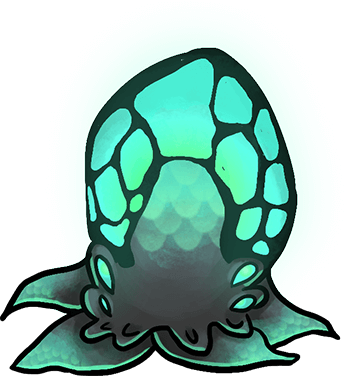 A hive-based alien species with a complex life cycle. Although first seen as part of Epic Week in 2017, they have menaced the RPR multiple times, and apparently meddled with us many times in the past.
A hive-based alien species with a complex life cycle. Although first seen as part of Epic Week in 2017, they have menaced the RPR multiple times, and apparently meddled with us many times in the past.Lifecycle
Stage one: larval
All Xenobeasts start their life cycle in the larval stage. Squid-like in appearance, their body is a small head and tentacles beneath a larger mantle. The mantle contains most of their essential organs, but the bulk of it is occupied by a fluid sack containing nutrients and proteins that they need to rapidly grow - almost like an egg, but contained internally in an independent animal. They weigh roughly 50 pounds, and are between 12" - 16". Larval aliens have little use for the hive, and are cared for by older Xenobeasts. However, they can still bite and secrete poisons if disturbed by a creature outside the hive.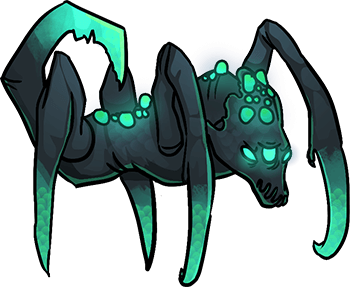
Stage two: "noisy cricket"
The second stage of the xenobeast life cycle is referred to as the "noisy cricket." During this stage, the hive seems to primarily use them as scouts. And no wonder: they are fast moving, capable of climbing vertical and even inverted surfaces even if they are extremely smooth, and their eyesight appears to be excellent.They are virtually silent when they move, but when threatened, they emit a high pitched shriek that carries for miles to alert the hive to danger.
During this stage, the fluid-sack that once served to nourish the creature has been converted into a venom-sack, allowing the "Noisy Cricket" to spit a vile poison up to seven feet away. They will grow to an average of 120lbs and stand between 24" - 34".
Some Xenobeasts never progress past this stage, and will remain noisy crickets for life.
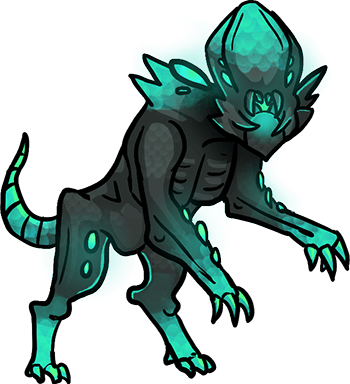
Stage three: basilisk
Average height: 54" - 72"Average weight: 360 lbs
After an unknown length of time, some "noisy cricket" xenobeasts begin to undergo changes. We don't know what triggers these changes, but they always follow the same pattern:
- The tail begins to shrink, becoming weaker and but more segmented, becoming almost prehensile
- The haunches become more developed, giving the creature the strength to walk on its hind legs roughly 25% of the time
- The front legs begin to grow articulated, allowing the creature to operate machinery.
This stage seems to be responsible for most of the xenobeast's interactions with technology, such as piloting the ships.
At this stage of life, the xenobeast is not as fast as it was as a noisy cricket, nor as tough as it will be should it go on to become a hulk, but is a devastating balance between dexterity and strength backed up by razor-sharp claws.
The majority of xenobeasts seem to remain at this stage of their life cycle permanently.

Stage four: hulk
Average height: 64" - 72"Average weight: 700 lbs
Although for most xenobeasts, basilisk is their final form, a small number go on to become hulking xenobeasts. They lose their tails entirely and complete their transformation to being bipedal. Their exoskeletons thicken into nearly impenetrable armor and their arms grow to nearly the same length as the creature's standing height, giving it formidable reach in combat.
At this stage, the hulking xenobeast gains such fine control of its bioluminescence that it can pulsate in light patterns that interrupt the neurons of the mammalian neo-cortex, causing their opponents to become clumsy, sickly, or confused.
Slow moving, but devastating opponents in combat, the hulking xenobeasts seem to be used to protect locations, assets or even individuals of particular value to the hive.
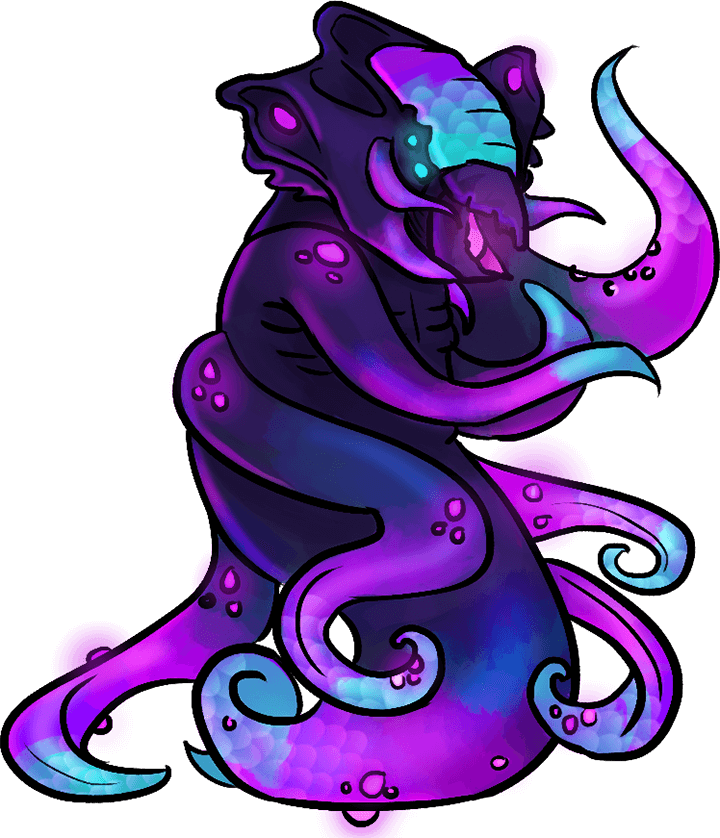
Special forms
Imperial Xenobeast
Each hive appears to have an Imperial at its center. The Imperials are enormous, genius, and physically strong. If that wasn't enough, they also have reality-bending psychic powers.It is unknown how an Imperial develops, but it is likely that it develops directly from the larval stage.
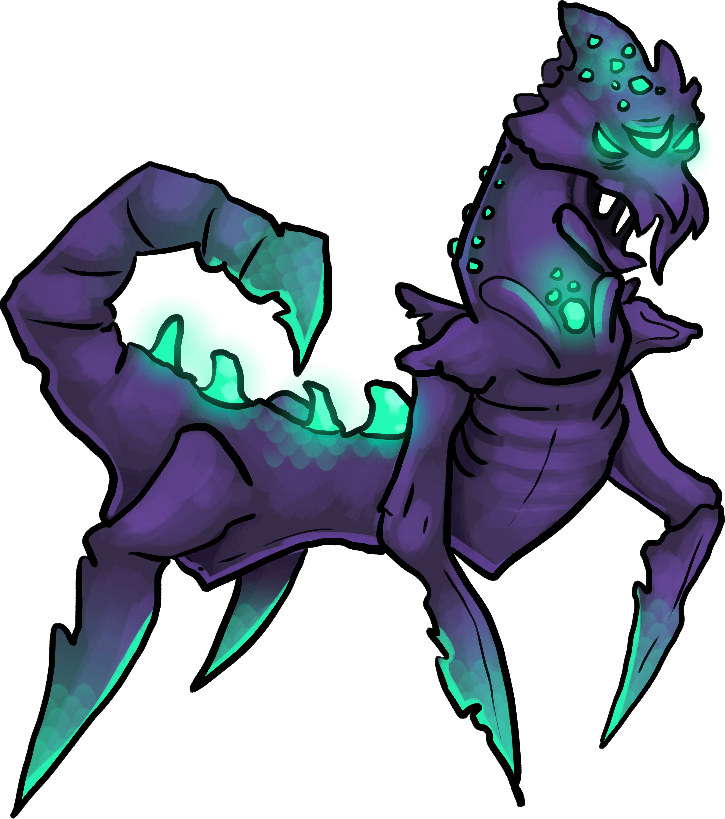
Sarpedon
Standing at about 10 - 12 feet tall, it is unclear what role Sarpedons play in the hive other than as warriors. Judging on appearance, they likely develop from the noisy cricket life stage.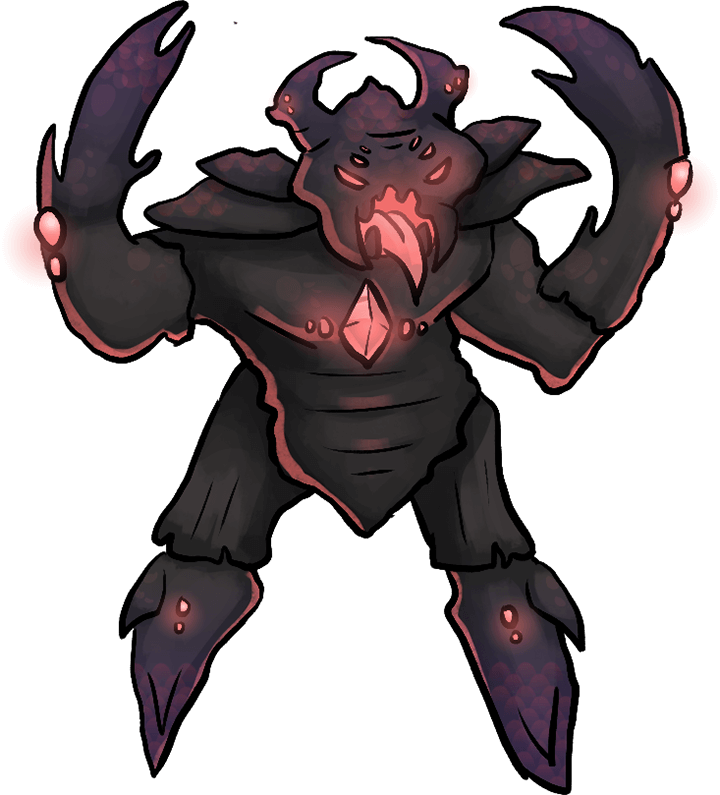
Triarii
Standing above 15 foot tall,it is unclear what role Triarii play in the hive other than as warriors. Judging on appearance, they likely develop from the hulk life stage. Like regular hulks, they can use the pulsations of their bio-luminescence to stun onlookers.Lore Wiki » Epic Weeks » Epic Week 2017 » Xenobeasts